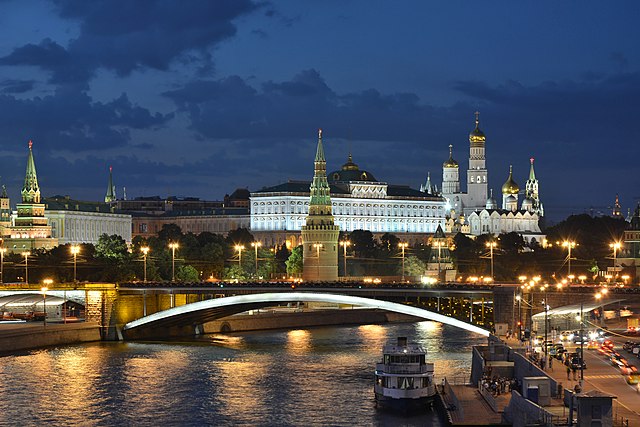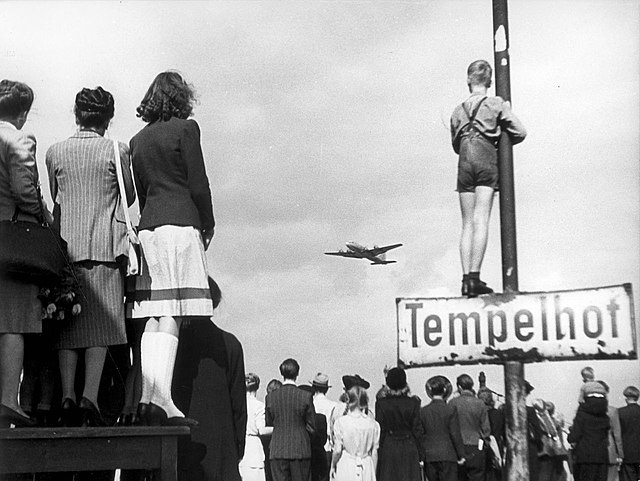The nomenklatura were a category of people within the Soviet Union and other Eastern Bloc countries who held various key administrative positions in the bureaucracy, running all spheres of those countries' activity: government, industry, agriculture, education, etc., whose positions were granted only with approval by the communist party of each country or region. While in Russian language the term номенклатура has the same generic meaning as "nomenclature", in the context of the politics of the Soviet Union it refers to the "party and state nomeklatura", lists of persons vetted for key management, or "nomenklatura lists".
Moscow Kremlin, where the top of the top of Soviet nomenklatura lived
A black ZiL limousine was a status symbol of top Soviet nomenklatura, popularly known as chlenovoz ("membermobile")
The Eastern Bloc, also known as the Communist Bloc (Combloc), the Socialist Bloc, and the Soviet Bloc, was the coalition of communist states of Central and Eastern Europe, Asia, Africa, and Latin America that were aligned with the Soviet Union and existed during the Cold War (1947–1991). These states followed the ideology of Marxism–Leninism, in opposition to the capitalist Western Bloc. The Eastern Bloc was often called the "Second World", whereas the term "First World" referred to the Western Bloc and "Third World" referred to the non-aligned countries that were mainly in Africa, Asia, and Latin America but notably also included former pre-1948 Soviet ally Yugoslavia, which was located in Europe.
1950 Soviet stamp, depicting the flags and peoples of communist states at the time, including those of Eastern Europe
The Big Three (British Prime Minister Winston Churchill, U.S. President Franklin D. Roosevelt and Premier of the Soviet Union Joseph Stalin) at the Yalta Conference, February 1945
Stanisław Mikołajczyk, Polish Prime Minister during World War II, fled Poland in 1947 after facing arrest and persecution.
German civilians watching Western supply planes at Berlin Tempelhof Airport during the Berlin Airlift






